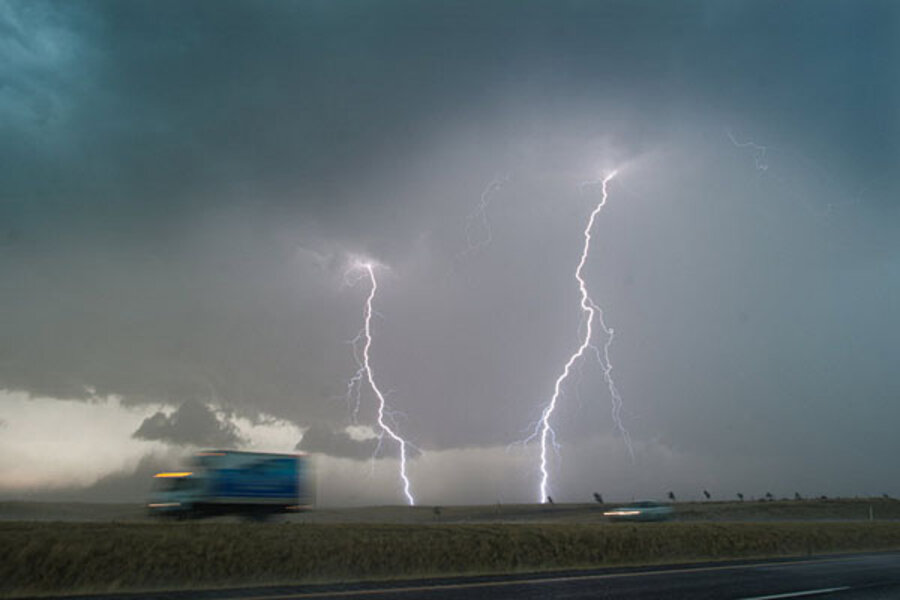This myth is actually an old idiom meant to explain that unfortunate occurrences will not happen twice in the same way to the same person. While the old saying is comforting, lightning can actually strike anywhere twice – the main question is the probability of this occurring. For a random object in your backyard, this might be fairly low.
But the 1,454-foot-tall Empire State Building is actually struck about 25 times per year. Humans are no exception: US park ranger Roy Sullivan was struck by lightning seven times between 1942 and 1977, and lived to tell the tale (or rather all seven of them).
Lightning actually strikes both from the sky and the ground. We cannot see the channel from the sky, but the downward strike produces a negative electrical charge to the ground, where the chosen object will then send up a positive electrical channel. This creates the lightning we see.
Thus, lightning is more likely to strike taller objects because they carry the upward channel better than shorter ones. But the probability of a lightning strike also depends on other factors, such as the presence of salt water, metal, or moisture in or near the ground.
Where is lightning most likely to strike in the US? Weather.com meteorologist Chris Dolce writes that Florida is the most lightning-prone state, mainly because it's surrounded by moisture from the Gulf of Mexico and the Atlantic ocean. The rest of the top-five list consists of only Southern states, which have humid summer air that contributes to afternoon thunderstorms. Dolce explains that sea breeze fronts from the coast can also lead to thunderstorms.








